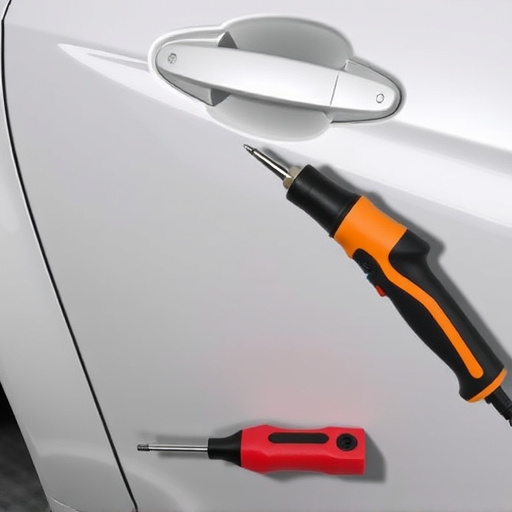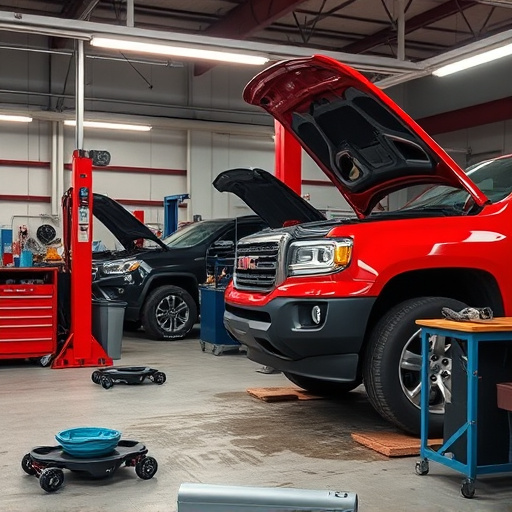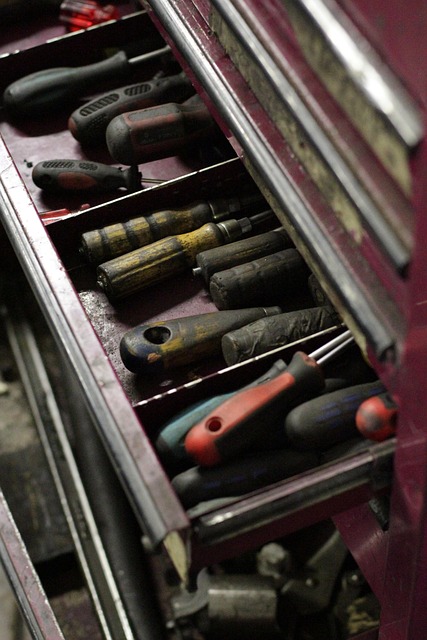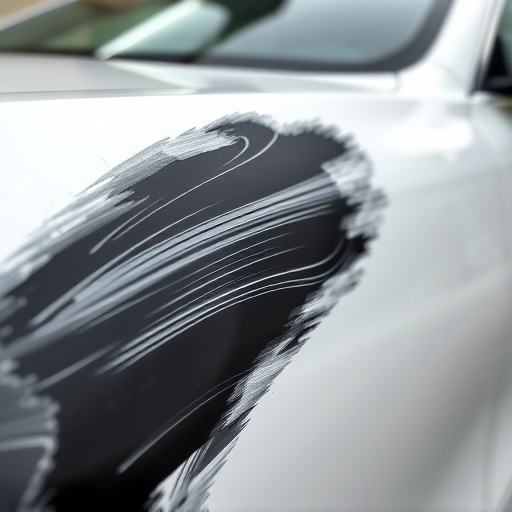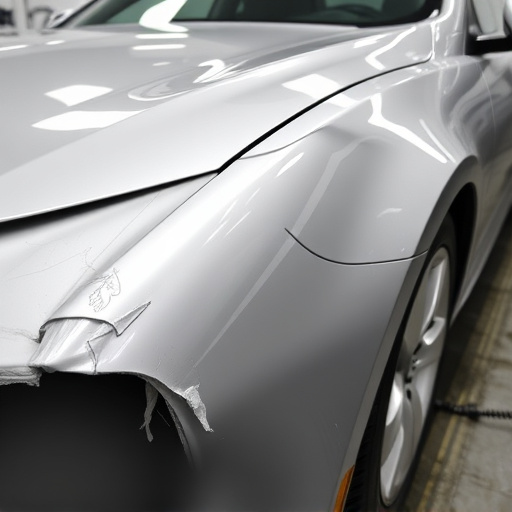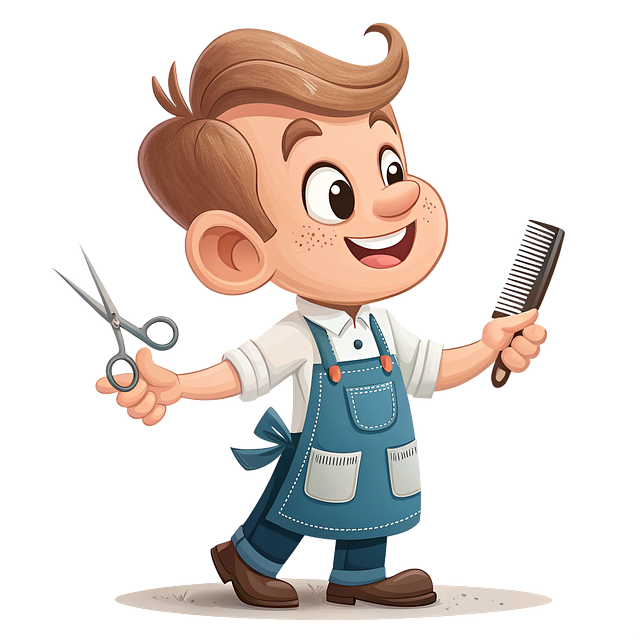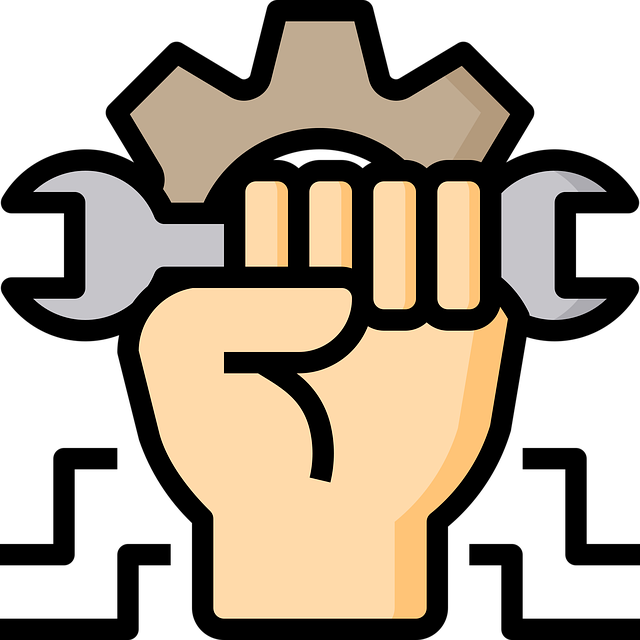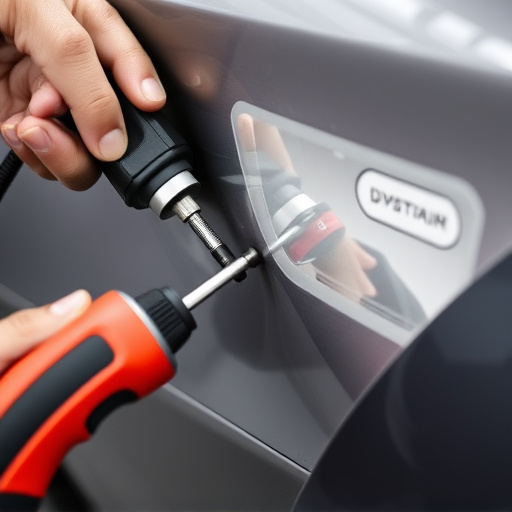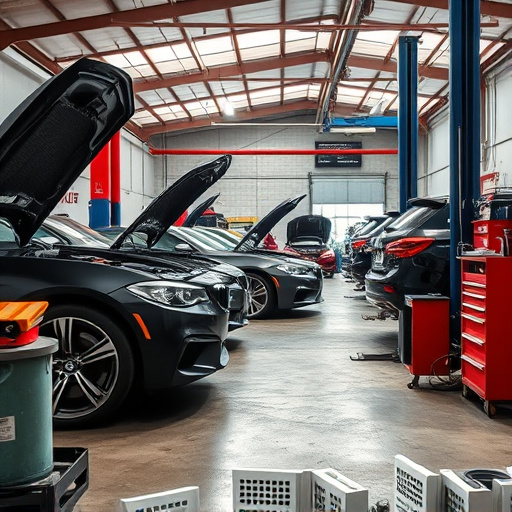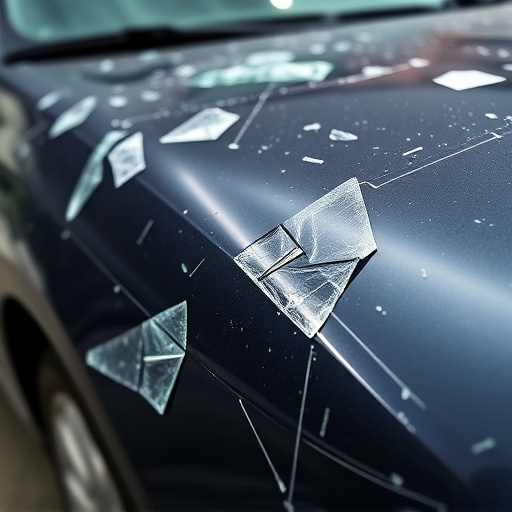Traditional primer surfacer application in vehicle body shops is a skilled craft with advantages like detailed work and perfect finishes, favored by professionals. Emerging technologies offer alternatives like chemical treatments and advanced sandblasting, streamlining preparation and reducing sanding needs. While ideal for comprehensive surface prep, primer surfacer may not be cost-effective for minor damage; however, its durability makes it superior for long-term refinishing.
In the realm of surface preparation, the primer surfacer application has long been a classic approach. However, with evolving technologies, alternative methods are emerging, offering innovative techniques for achieving optimal results. This article delves into these contrasting strategies, providing a comparative analysis that highlights the advantages and disadvantages of both traditional primer surfacer application and its newer alternatives. By exploring these options, professionals can make informed decisions to enhance their projects’ durability and aesthetics.
- Traditional Primer Surfacer Application: A Classic Approach
- Alternative Methods: Exploring Innovative Techniques
- Comparative Analysis: Advantages and Disadvantages Unveiled
Traditional Primer Surfacer Application: A Classic Approach
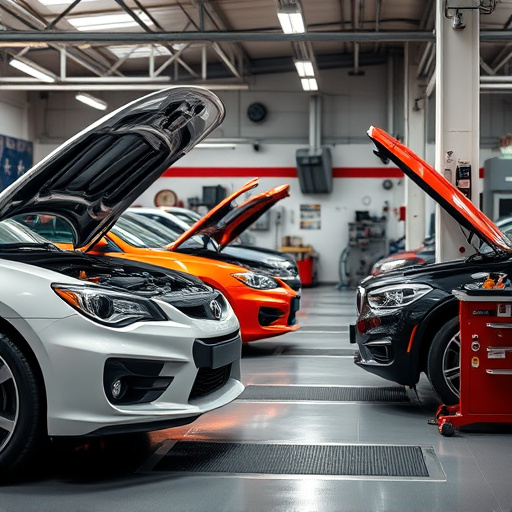
The traditional method of applying primer surfacer in a vehicle body shop involves a meticulous process that has been relied upon for decades in the automotive repair industry. This classic approach demands skilled hands and precise techniques to ensure an even, smooth base for subsequent layers of paint. The process typically begins with thorough preparation of the damaged area, involving sanding and cleaning to remove any debris or existing paint. Following this, the primer surfacer is carefully applied using various tools like brushes, rollers, or spray guns, depending on the extent of the repair and the vehicle paint repair’s requirements.
This traditional primer surfacer application offers several advantages, especially in controlled shop environments. It allows for detailed work, catering to intricate shapes and hard-to-reach areas. The skill required to achieve a perfect finish makes it a preferred method for dedicated automotive repair professionals who take pride in their craft. Moreover, the ability to customize the texture and appearance according to specific vehicle body shop needs adds to its appeal.
Alternative Methods: Exploring Innovative Techniques

In the realm of auto body repairs and car restoration, traditional methods have long been the go-to for achieving a smooth, durable finish. However, with evolving technologies, alternative techniques have emerged, offering innovative solutions to the age-old problem of preparing surfaces for paint. These advanced methods challenge the conventional primer surfacer application process, which often involves time-consuming steps and specific environmental conditions.
Alternative approaches, such as modern chemical treatments and advanced sandblasting techniques, provide efficient and precise ways to achieve optimal surface preparation. For instance, some auto repair services utilize specialized solutions that not only act as a primer but also fill minor imperfections, reducing the need for extensive sanding. This not only streamlines the car restoration process but also minimizes exposure to harmful dust, making it a more eco-friendly and healthy option. Such innovations are revolutionizing the industry, ensuring faster turnaround times and superior outcomes in auto body repairs.
Comparative Analysis: Advantages and Disadvantages Unveiled
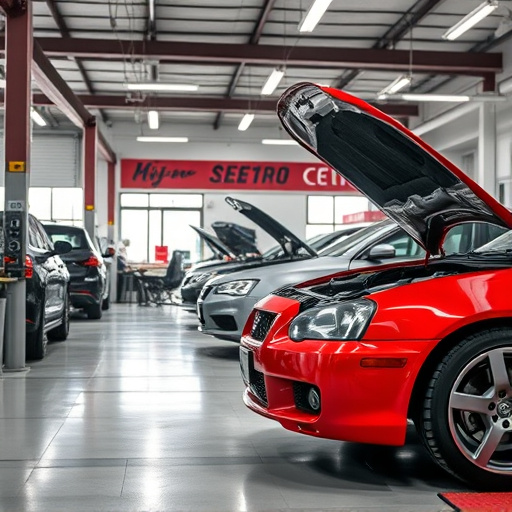
When comparing the primer surfacer application with alternative methods for auto body services, such as scratch repair or paintless dent repair, several key differences emerge. The primer surfacer application offers a comprehensive solution that not only addresses surface imperfections but also prepares the vehicle’s panel for subsequent painting or coating. This makes it a popular choice among professionals in the automotive industry.
On the downside, primer surfacer application may not be suitable for all types of damage, particularly minor dents or scratches that can be effectively repaired using paintless dent repair techniques. Moreover, it requires specialized skills and tools, which can increase costs and lead times compared to DIY scratch repair solutions. However, in terms of durability and long-term protection, primer surfacer application outperforms many alternative methods, ensuring a smooth, uniform base for future refinishing work.
In comparing traditional primer surfacer application with alternative methods, it’s evident that each technique offers unique advantages and drawbacks. While the classic approach ensures a proven track record and accessibility, innovative alternatives provide faster drying times, enhanced durability, and reduced environmental impact. For projects demanding superior performance and sustainability, exploring these alternative methods could be the game-changer in the world of primer surfacer application.
